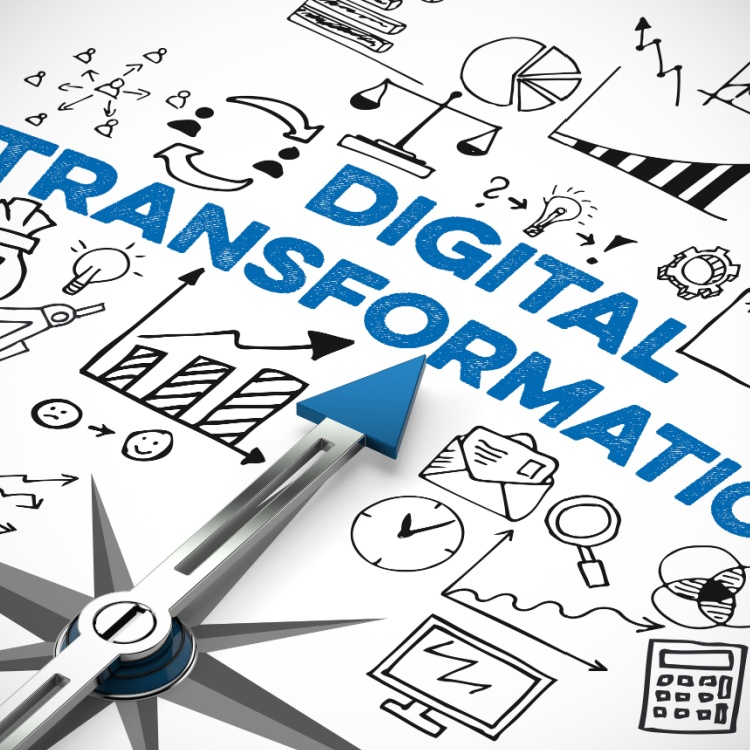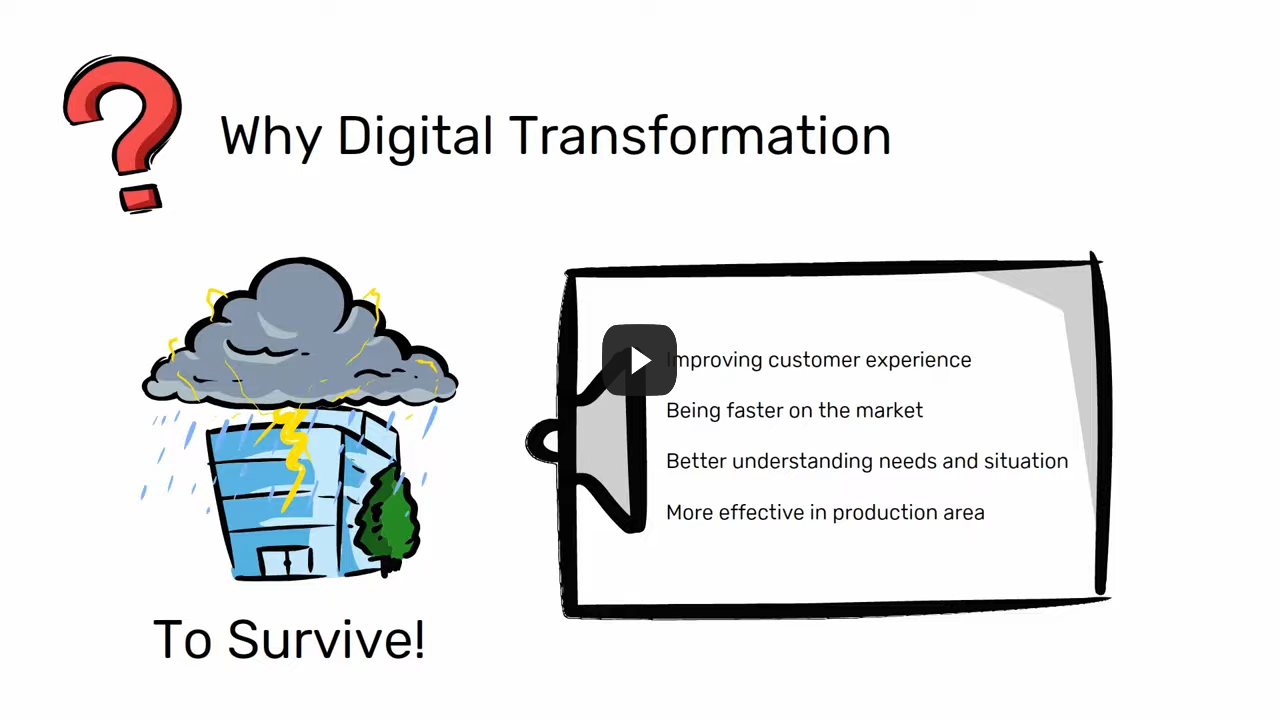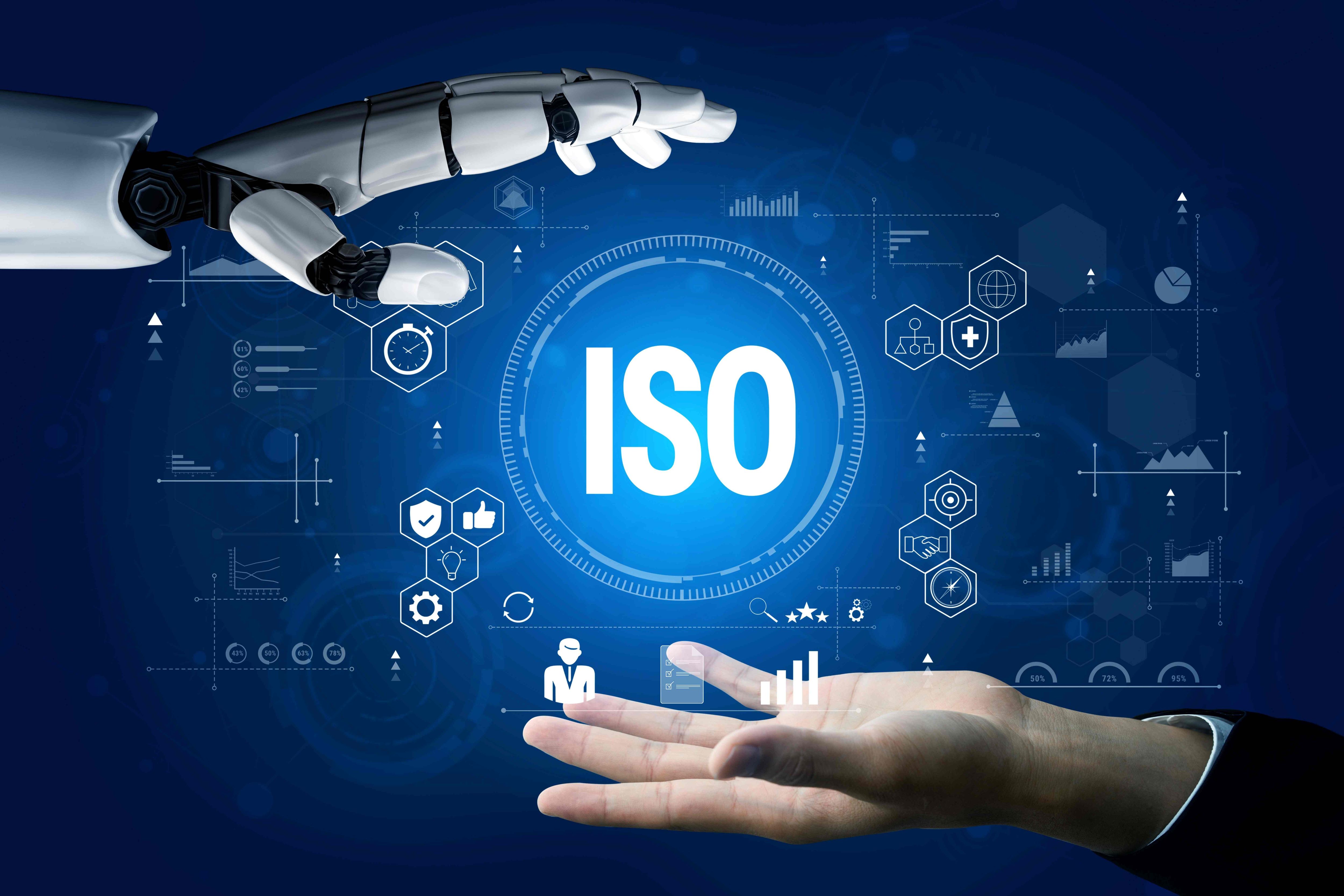Top 10 Benefits of Going Digital

According to PricewaterCoopers, almost 60% of surveyed CEOs believed that their companies would fail to secure financial stability in the next decade if they refused to adapt and make some changes. One effective way to gain resilience is through digital transformation, which has come to mean more than leveraging new technologies.
The world entered 2020 by facing a pandemic that sped up technology adoption and introduced many possibilities. Businesses were able to continue operations by leveraging digital tools. Because of this boosted awareness of their benefits, it's no wonder that the early 2020s marked the integration of innovations such as cloud computing, machine learning, and the Internet of Things (IoT). This was how organizations viewed digital transformation (DX)—using cutting-edge strategies to maintain a competitive edge.
A few years later, DX has come to mean more than just utilizing tech-based solutions. It also involves changing organizational and leadership perspectives that promote flexibility, progress, and customer-driven techniques. This way, DX is no longer about adding new devices and software to an established business model; now, it's building an operational framework with digitalization at its core, primed for constant evolution in a highly dynamic tech environment.
Top 10 advantages of digital transformation
Nowadays, all businesses, regardless of their nature, should think and work like tech companies. This means optimizing digital solutions not as complementary elements but as key ingredients in their business approach. Still not convinced? Check out our rundown of digital transformation benefits.
1. Improved productivity and efficiency
Digital solutions boost productivity by making processes faster and easier. Automation through artificial intelligence (AI) also refines procedures, making them more accurate and efficient. For instance, managers can make timely and informed decisions with automated data gathering and analysis. Meanwhile, on-demand digital services optimize company resources by helping them avoid unnecessary technologies.
2. Better business continuity
By building a digital environment, organizations can rapidly adjust to market dynamics. Because processes undergo continuous tweaking and modernization, it's much easier for people to adapt to shifts and disruptions. In fact, experts agree that a tech-savvy company doesn't just adjust to change; it leverages it. Using cloud solutions is an example because these allow enterprises to scale up or down quickly according to their requirements.
3. Rapid customization
Generally, customers are willing to wait and shell out more for customized products. The good news is that DX enables mass customization, which is the large-scale manufacturing of products or services that satisfy particular needs and preferences. With production processes made flexible by digitalization, businesses can achieve economies of scale while offering customized goods like clothing and gadgets
4. Effective collaboration
Solid teamwork is built on clear and effective communication, which digital tools can foster, even when team members and stakeholders work from different parts of the world. Managers can monitor projects and processes by gathering digital data earlier on and then having the time and opportunity to verify feedback.
5. Versatile manufacturing
With manufacturing processes able to adapt despite volume and cost issues, companies can make fast decisions on large-scale production, automation, and outsourcing options. This agility creates a domino effect, driving performance, yield, and customer satisfaction.
6. Streamlined market entry
Digital twins, 3D printing, augmented and virtual realities and other technologies allow for rapid testing, trials, refinement—and, finally, the launching of the product. Businesses can quickly translate ideas into actual goods by shortening the product life cycle. With this reduced time, companies can market their products earlier, which fast-tracks their ROI.
7. Improved customer experience
Digital tools help companies better assess what customers want and need, letting them fulfill these accurately. Customer collaboration also becomes possible since businesses can gather client input and feedback throughout product research and development. With this customer-centric approach, organizations can better match their digital capabilities with their target market's preferences.
8. Data-driven decisions
AI and analytics have empowered managers to make insight-based decisions, giving them a better shot at success. Companies are utilizing real-time data processing to mine practical information, which helps them craft strategies and forecast market trends. This way, a robust database becomes part of the business infrastructure.
9. Increased earnings
DX allows companies to create new offerings that wouldn't have been possible without digitalization. For example, a software company used to selling one-time licenses might offer subscription-based products. Here, customers pay regularly for continuous updates, tech assistance and new features, ensuring a consistent revenue flow. A McKinsey study affirms this claim, revealing that digitally mature companies outshone others in financial indicators, including investor profits.
10. Employee retention
While DX improves customer service, it also boosts employee satisfaction, which is essential to maintaining team members. According to this survey, 94% of banking managers would vacate their positions if they found a new company with more advanced technology. Employees typically want to work with innovation leaders because of job security and the promise of digital tools to improve efficiency.
How to adopt DX
Some businesses find DX adoption challenging with skill and labor gaps, the need for acceptance of digital tech as a worthy investment, and limited resources, especially for SMEs. The solution lies in building a streamlined DX strategy that will run on available resources while targeting needs. Here are some tips:
-
Prioritize customers
The customer is still king in today's digital-driven marketplace. Does your target market prefer self-service options? What are they looking for in the product or service you provide? Modern customers typically favor product transparency, so ensure that details are readily available.
-
Simplify the purchasing process
Customers want to avoid being bombarded with multiple steps before accessing your product or service. Limit wait time, shorten order forms, and make "buy now" buttons visible. A one-click purchase journey is almost always ideal.
-
Be forward-thinking
Embrace adoption and innovation. Promote a work culture that fosters experimentation, continuous learning, and agility to thrive in the fast-paced digital environment. Leadership also sets the tone for DX, blending strategic planning with a practical approach to guiding employees through digital challenges.  Digital transformation has become a mindset shift, enabling businesses to stay competitive and better serve customers. However, it’s a continuous process that requires adaptability and the willingness to learn. Those who embrace it will take the lead in shaping the business landscape.
Digital transformation has become a mindset shift, enabling businesses to stay competitive and better serve customers. However, it’s a continuous process that requires adaptability and the willingness to learn. Those who embrace it will take the lead in shaping the business landscape.  As one of the Top 20 EMS companies in the world, IMI has over 40 years of experience in providing electronics manufacturing and technology solutions.
As one of the Top 20 EMS companies in the world, IMI has over 40 years of experience in providing electronics manufacturing and technology solutions.
We are ready to support your business on a global scale.
Our proven technical expertise, worldwide reach, and vast experience in high-growth and emerging markets make us the ideal global manufacturing solutions partner.
Let's work together to build our future today.
Other Blog



